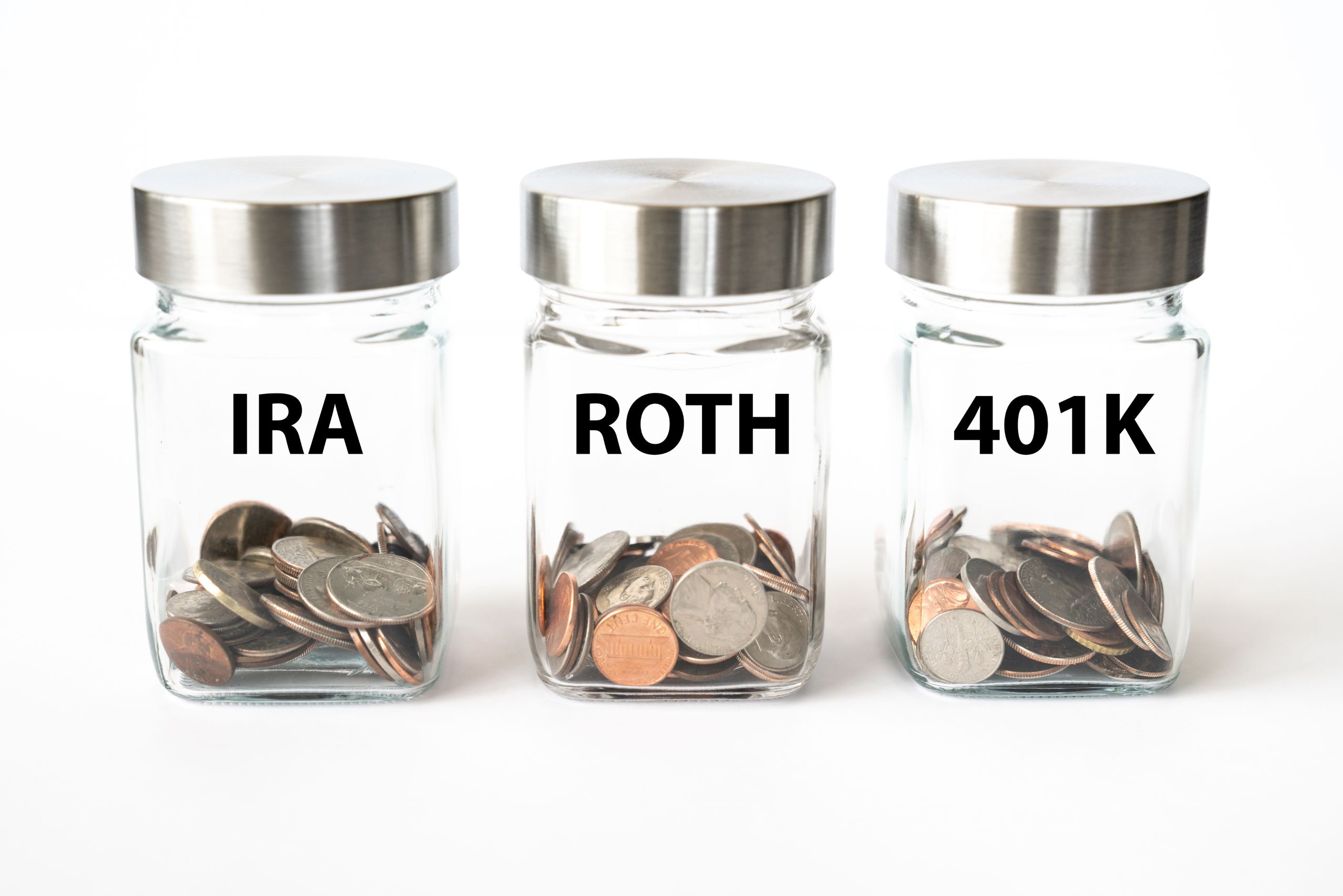
IRA (Individual Retirement Account)
An Individual Retirement Account (IRA) is a type of savings account designed to help individuals save for retirement with tax advantages. There are several types of IRAs, but the most common are Traditional IRAs and Roth IRAs.
Traditional IRA
- Contributions: You can contribute pre-tax dollars to a Traditional IRA, which means you might be able to deduct the amount of your contributions from your taxable income.
- Tax Advantages: The money in the account grows tax-deferred, meaning you don’t pay taxes on the investment gains until you withdraw the money in retirement.
- Withdrawals: Withdrawals in retirement are taxed as ordinary income. Early withdrawals (before age 59½) may be subject to a 10% penalty and income taxes.
- Required Minimum Distributions (RMDs): Starting at age 73, you must begin taking RMDs, which are mandatory, taxable withdrawals.
Roth IRA
- Contributions: Contributions to a Roth IRA are made with after-tax dollars, so there is no tax deduction for contributions.
- Tax Advantages: The money grows tax-free, meaning you do not pay taxes on investment gains.
- Withdrawals: Qualified withdrawals in retirement are tax-free. Contributions (but not earnings) can be withdrawn at any time without taxes or penalties. Qualified distributions (made after age 59½ and the account being open for at least 5 years) are tax-free.
- No RMDs: Unlike Traditional IRAs, Roth IRAs do not require RMDs during the account owner’s lifetime.
How IRAs Help with Retirement Planning
- Tax Advantages: Both Traditional and Roth IRAs offer significant tax benefits, either by deferring taxes (Traditional IRA) or by providing tax-free withdrawals (Roth IRA).
- Compound Growth: The tax-deferred or tax-free growth allows investments to compound over time without being eroded by annual taxes.
- Diversification: IRAs provide a vehicle to diversify retirement savings beyond employer-sponsored plans like 401(k)s.
- Flexibility: IRAs offer a wide range of investment options, including stocks, bonds, mutual funds, and ETFs, allowing individuals to tailor their investment strategy to their risk tolerance and retirement goals.
- Supplemental Savings: IRAs can supplement other retirement savings, helping to ensure a more secure financial future.
In summary, both Traditional and Roth IRAs are powerful tools for retirement planning, providing tax advantages and flexibility to help individuals build a robust retirement nest egg.
– Tuổi Hạc –
